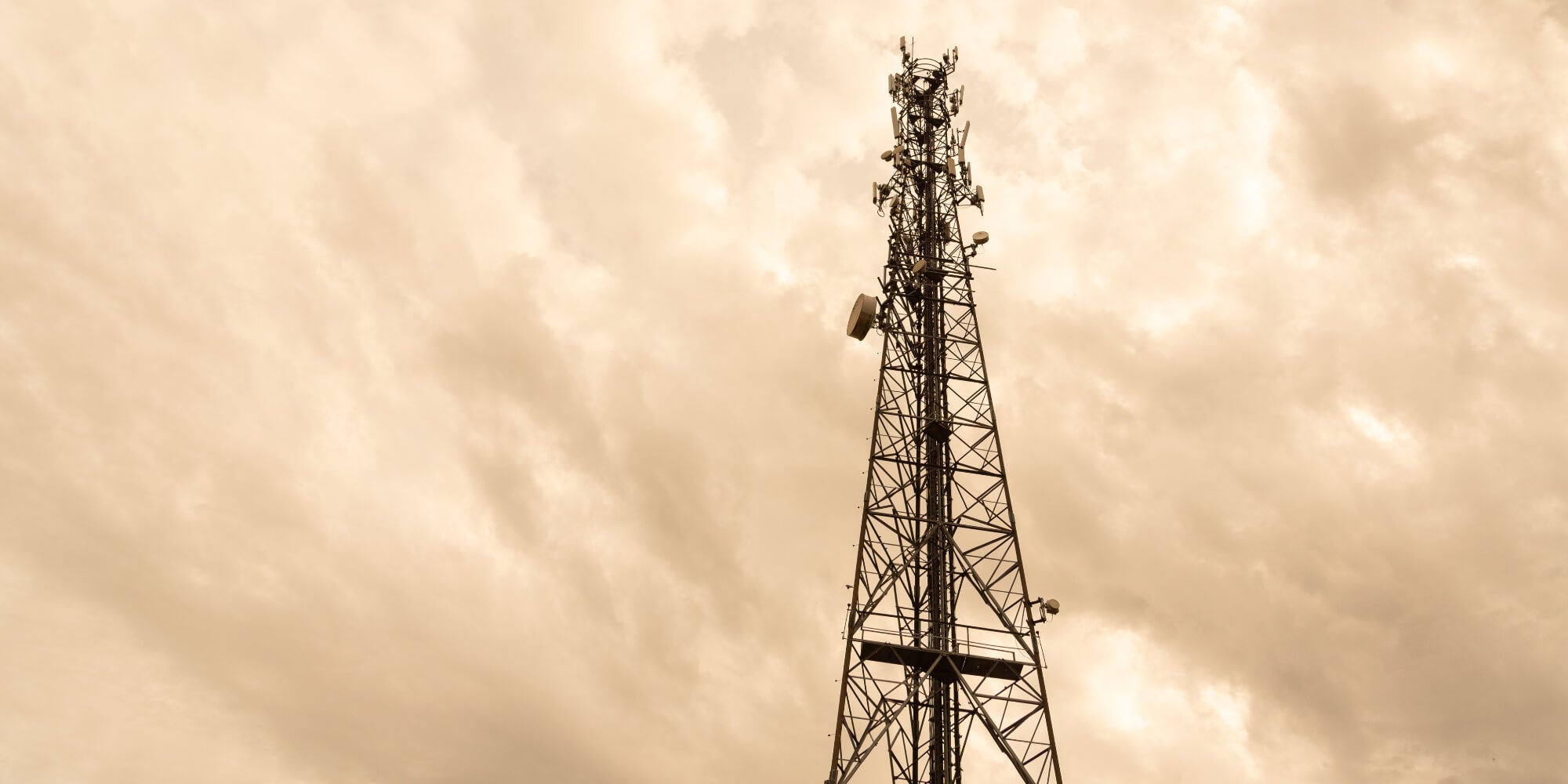If you've ever walked through a city you might have noticed tiny mini 5G cell towers placed on poles for street lighting. They appear like tiny boxes however they're actually sending wireless signals from cellular providers to your mobile.
These smaller towers are replacing the larger built cell towers. While they're less noticeable however, they could create problems for those who live nearby.
A FCC's Radiation Exposure Thresholds
The FCC's Radiation Exposure Thresholds determine the maximum amount of time an individual can be exposed to electromagnetic energy generated by wireless devices. safe distance to live from cell phone tower are based upon scientific research that show that RF energy can be harmful to human health.
The specific absorption rate (SAR) is an indication of the amount of radiofrequency energy absorption by tissues. It's typically 1.6 milliwatts per kilogram calculated over one Gram of tissue.
However, because 5g transmits at higher frequencies this could be able to cause greater energy intensity on the skin and other directly-exposed body parts. This could result in many possible harms, like the appearance of skin conditions such as dermatitis, cataracts and skin cancer.

Due to the potential for severe effects of 5g radiation, PSU has chosen to create a general maximum power density of four mW/cm2 based on the average over 1 cm2, and never to exceed 30 minutes, for the entire 5G spectrum at 3000 GHz. This localized limit is in accordance with the peak SAR spatial-average of 1.6 W/kg, which is averaged over 1 5 grams of body tissue, at 6 GHz.
The FCC's Maximum Exposure Thresholds
If you've ever operated a cell phone, you're probably aware that a safe distance from the tower is at least 400 meters away. This is due to the transmitting power of the cell tower is significantly increased the farther the tower is.
Although this may sound like an ideal idea, the reality is that those living close to towers may actually be more susceptible to health problems. For instance, a 2014 study in India discovered that people who lived within 50 meters of cell towers experienced much more health problems than those who were away from the antennas.
But, the study found that people who moved into areas farther away from cell towers noticed their symptoms improve within a couple of days. Studies have also revealed that exposure to high amounts of electromagnetic field radiofrequency (EMFs) can lead to brain tumors, cancers, and other health problems.
This is due to the fact that radiofrequency radiation, which is used in wireless communication, can be absorbed by the body's outer layer, the skin. It is crucial to know since the skin serves as a protective barrier against mechanical injury, infection from pathogenic microorganisms, as well as infiltration of toxic substances. It is also the largest organ of the human body and is accountable for maintaining the integrity of other organs.
The FCC's Minimum Exposure Thresholds
The FCC's Minimum Exposure Thresholds rely on several assumptions that aren't supported by evidence from science. They include the false belief that short-term exposures to RF radiation are safe because of the minimal absorption into body (i.e. the heating of tissues).
This assumption does not take into account the greater penetration of ELF parts of modulated RF signals, as well as the consequences on the body of short bursts generated by RF waves that are pulsed. These assumptions do not correspond with current knowledge of the biological effects of RF radiation, and thus they should not be relied upon for health-protection exposure guidelines.
Furthermore to that, ICNIRP and FCC restrict their limit of exposure to the local SARs based on the maximum frequency of absorption (psSAR) that is an inadequate dosimetric tool for determining the level of exposure to RF radiation. Particularly, psSAR is inaccurate when frequencies exceed 6 GHz. Additionally, psSAR hasn't been evaluated for RF radiation that is exposed to other environmental agents , such as sunlight. what is a safe distance from a 5g cell tower of RF radiation with other environmental agents may cause synergistic or antagonistic results. what is a safe distance from a cell tower can lead to the risk of having adverse health effects. For example, co-exposure to RF radiation with sunlight may cause an increase in the incidence of developing skin cancer, and may also exacerbate other skin conditions like acne.
